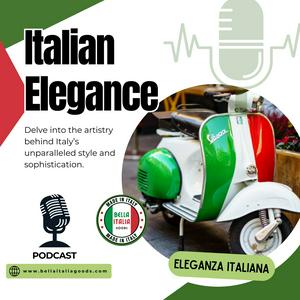Venetian Glass The Magic Of Murano
Venetian glassmaking, an art steeped in centuries of tradition and innovation, stands as a testament to human creativity and mastery. Nestled within its vibrant history lies Murano, an island synonymous with the pinnacle of glass artistry.
Murano glass, renowned worldwide, captivates with its exquisite beauty and intricate techniques passed down through generations. Craftsmen on this enchanting island blend silica, soda, and lime with a touch of magic, transforming them into shimmering masterpieces.
Each piece tells a story of cultural heritage, luxury, and unparalleled craftsmanship, drawing admirers from around the globe. Journey into this world of delicate elegance and discover why Murano glass remains an enduring symbol of artistic excellence and Venetian splendor.
Historical Background of Venetian Glassmaking
The origins of Venetian glassmaking date back to the 8th century, with the founding of Venice as a major trading port. The story of Venetian glass, the magic of Murano, didn't truly begin until the 13th century, however, when Murano emerged as the epicenter of glass production in Europe.
At this time, Venice had established a lucrative trade route with the Byzantine Empire, acquiring vast amounts of gold, spices, and precious gems used to adorn its grand palaces and churches. Among these treasures were exquisite pieces of Eastern glassware coveted by Venetian merchants.
In an effort to replicate these rare and valuable objects, skilled craftsmen from Constantinople were brought to Murano and tasked with perfecting their techniques. This led to the development of Venetian-style glass, characterized by its unique clarity, brilliance, and color.
As demand for their glass grew, Murano's artisans gained unparalleled expertise in manipulating molten glass into a multitude of shapes and designs. By the 15th century, the island boasted over 30 guilds dedicated solely to glassmaking, solidifying its status as a leading center for artistic innovation.
The Evolution of Murano Glass Techniques
Over the centuries, Murano's glassmakers have continuously pushed the boundaries of their craft, experimenting with new techniques and materials to create increasingly intricate pieces.
One of the most notable developments was the introduction of cristallo glass in the late 15th century. This almost transparent glass, made from a blend of quartz sand and potash, allowed for more delicate and detailed designs.
Another significant advancement came in the form of millefiori or "a thousand flowers" technique. Developed in the early 16th century, this involved creating intricate patterns by layering thin rods of colored glass and then fusing them together.
Perhaps the most iconic of Murano's techniques is its use of gold, a legacy carried over from its trading days with the East. Adding 24-carat gold leaf or powder to molten glass results in shimmering golden swirls, giving pieces a luxurious and opulent appeal.
Unique Characteristics of Murano Glass
In addition to the techniques used in its creation, Murano glass is also distinguished by several unique characteristics that set it apart from other types of glassware.
Color and Clarity:
Due to meticulous quality control and expert craftsmanship, Murano glass possesses a remarkable clarity and brilliance. The use of only the purest raw materials, combined with intricate techniques, results in pieces that are vibrant and translucent.
Additionally, Murano glassmakers are renowned for their ability to create a wide range of vibrant colors, from deep blues and greens to bright reds and yellows.
Durability:
Despite its delicate appearance, Murano glass is surprisingly durable. The use of high-quality materials and the skillful manipulation of molten glass results in pieces that are resistant to breakage and chipping. This makes Murano glass not only beautiful but also functional for everyday use.
Uniqueness:
Each piece of Murano glass is unique, handcrafted by skilled artisans who infuse their pers...

